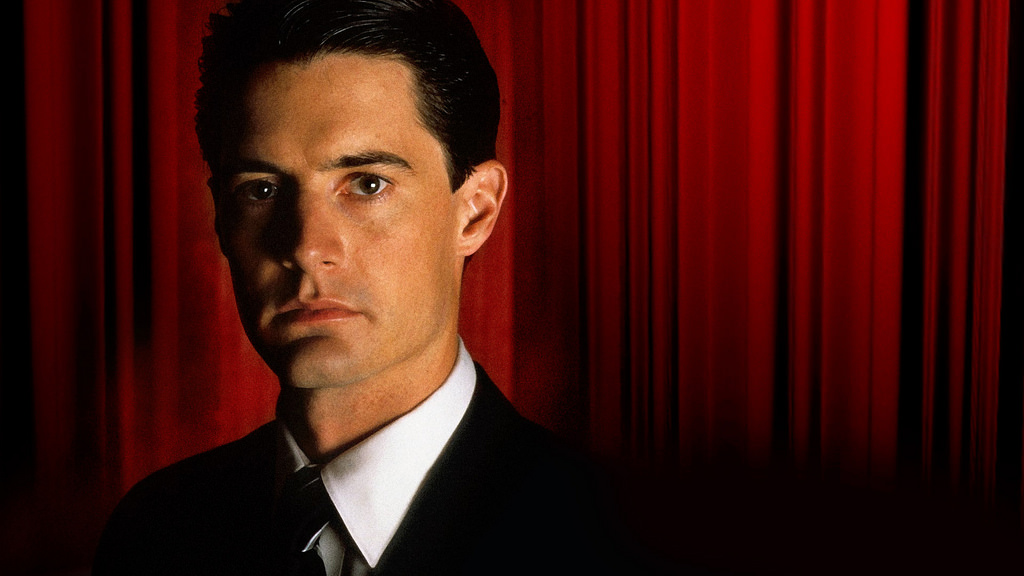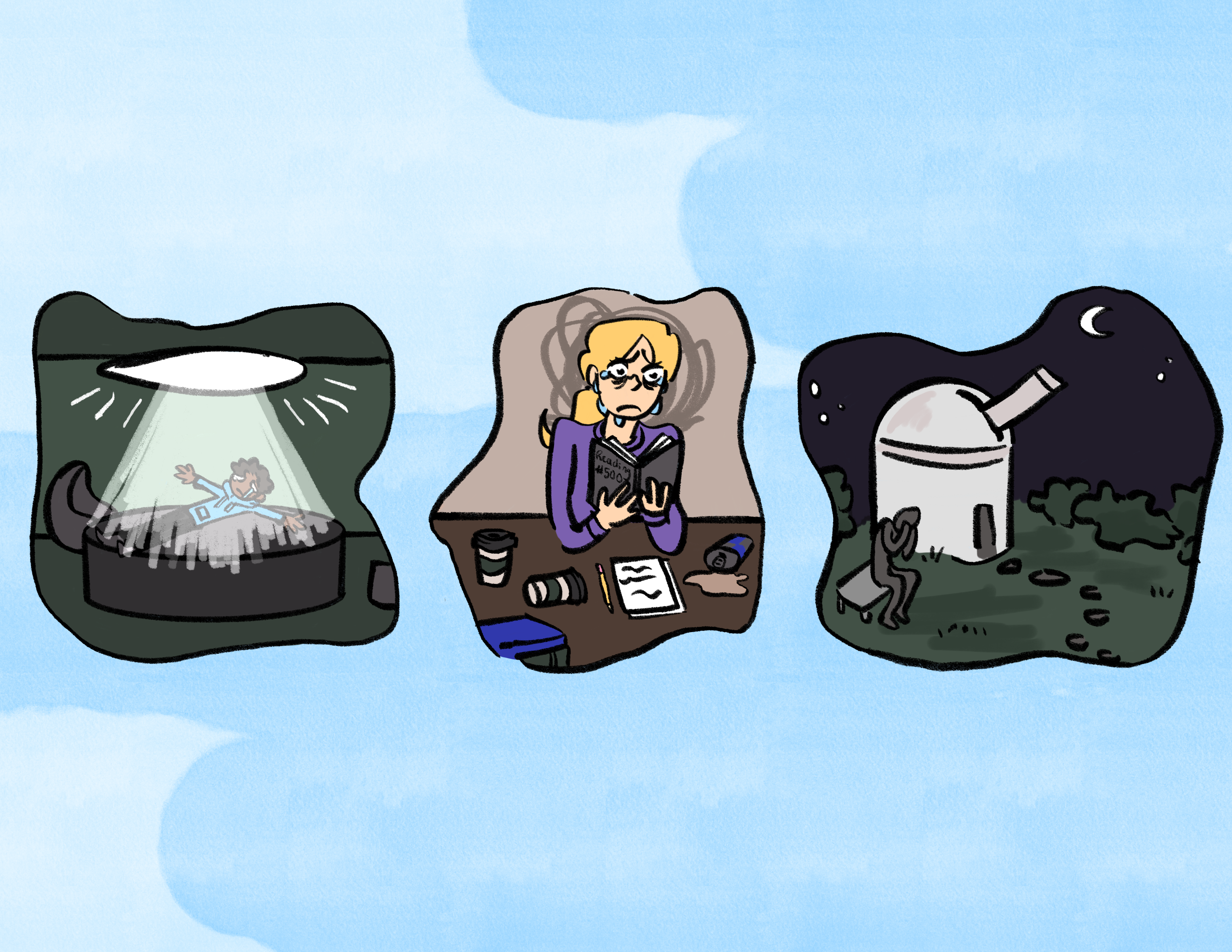That show that you like is coming back in style.
When Twin Peaks first aired in 1990, it was a huge hit with audiences. It combined elements of traditional murder mysteries with surrealist imagery and character drama. The question “Who killed Laura Palmer?” will go down in history as one of the most iconic questions ever asked by any television show. Indeed, David Lynch’s unique style made for a show equal parts bizarre, intriguing, and immersive. With the show returning later this month for a revival 25 years after the release of the post-finale film, the prequel Twin Peaks: Fire Walk With Me, the question now becomes whether or not the revival can recapture the Lynchian magic of the original show.
What is important to note here is that Twin Peaks was wildly inconsistent in quality during its second season. The first season worked perfectly: it was only seven episodes, which allowed for a slow-burn approach to the central mystery surrounding the identity of Laura Palmer’s killer. The first nine episodes of the second season recapture the magic because they continue to stretch out the mystery. However, due to studio pressures and other factors, Lynch was forced to reveal the killer and wrap up the storyline by the end of the ninth episode. Surprisingly enough, even though the build-up couldn’t possibly be matched by the reveal, the plot twist concerning the murderer’s identity is still satisfying.
This twist works because it hints at Twin Peaks’ deeper mythology, which is a large part of the allure of the show. (Spoilers ahead for those who haven’t seen the show and are planning to. Skip to the beginning of the next paragraph to avoid serious spoilers.) The killer is revealed as Leland Palmer, who was possessed by Bob, an embodiment of evil. Bob is a pretty terrifying character, and his appearances fit in perfectly with the rest of the show’s strangeness. If the second season had remained focused on the twisted mythology, it could have made for a much better offering. The concept of a character Bob is an extremely intriguing idea, but it feels as if the show only really begins to explore the implications of the Red Lodge and Bob’s presence in the town at the end of the second season, when cancellation was guaranteed.
Unfortunately, the second season becomes a hodge-podge of uninteresting plot threads after Laura’s killer is revealed. There’s an X-Files-esque subplot about an alien abduction, a talent show, and the showdown between Cooper and his nemesis Windom Earle. None of these storylines work as well as the mystery of Laura’s killer. They feel disjointed and half-heartedly thrown together, which makes sense given that Lynch was barely involved during entire stretches of the second season. The only thing to keep the audience involved in the proceedings are the characters.
And the characters are a big reason as to why Twin Peaks remains compelling television, even when the writing falters. In subsequent shows that have drawn inspiration from Twin Peaks, there will usually be an audience surrogate at the beginning of the show. For example, take the show Wayward Pines. The protagonist, played by Matt Dillon, wakes up in a completely unfamiliar town, just like how the audience is thrown into a new environment. Everything Dillon’s character learns about the town, the audience does too. He is just as confused as the audience is at the beginning, so his understanding of the town parallels that of the audience, creating a connection. The audience surrogate is a popular device used in the genre of science-fiction and fantasy because these stories usually have to introduce audiences to whole new worlds. The most famous examples of such characters are Luke Skywalker in Star Wars and Frodo Baggins in The Lord of the Rings. Both are characters unfamiliar with the vast majority of the world they inhabit, and so as they progress along their journey, the audience’s understanding of the world develops alongside theirs.
In Twin Peaks, unlike those other classic stories, there is no audience surrogate to get used to the world of the show. The show’s central character is arguably Dale Cooper, but he is just as peculiar as all of the characters around him. His love of coffee, his need to document everything he does with a tape recorder, and his investigation tactics are all extremely odd when compared with the archetypal character of the cop who comes to a small town to investigate a crime. Cooper’s strangeness amplifies the strangeness of the world around him, and this makes for a memorable experience for the audience.
The music, the cinematography, and the characters only scratch the surface as to how special Twin Peaks is. When the revival starts up, seasoned viewers can rest assured knowing that they’ve experienced sub-par Peaks before in the middle of the second season. But with Lynch fully committed and a large portion of the original cast back and excited to return to the town, the revival looks like it will be able to return the show to its original greatness. At the very least, we’ll finally get to learn how Annie is.





